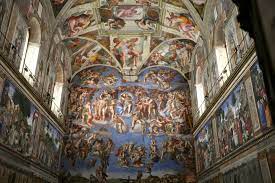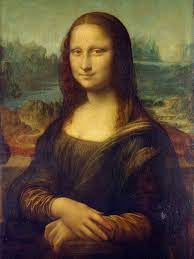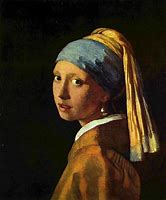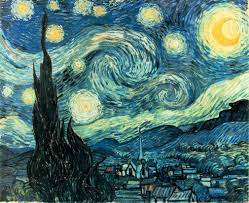
Painting is the practice of applying paint, pigment, color or other medium to a solid surface (called the "matrix" or "support"). The medium is commonly applied to the base with a brush, but other implements, such as knives, sponges, and airbrushes, can be used.

In art, the term "painting" describes both the act and the result of the action (the final work is called "a painting"). The support for paintings includes such surfaces as walls, paper, canvas, wood, glass, lacquer, pottery, leaf, copper and concrete, and the painting may incorporate multiple other materials, including sand, clay, paper, plaster, gold leaf, and even whole objects.
Painting is an important form of visual art, bringing in elements such as drawing, composition, gesture, narration, and abstraction. Paintings can be naturalistic and representational (as in still life and landscape painting), photographic, abstract, narrative, symbolistic (as in Symbolist art), emotive (as in Expressionism) or political in nature (as in Artivism).

A portion of the history of painting in both Eastern and Western art is dominated by religious art. Examples of this kind of painting range from artwork depicting mythological figures on pottery, to Biblical scenes on the Sistine Chapel ceiling, to scenes from the life of Buddha (or other images of Eastern religious origin).
Going over all the centries many paintings are still well known today here are the top 3, starting with the most famous and recognizable paintings in the world is the Mona Lisa (ca. 1503-1519) painted by Leonardo da Vinci. Coming in 2nd Girl With A Pearl Earring (Dutch: Meisje met de parel) is an oil painting by Dutch Golden Age painter Johannes Vermeer, dated c. 1665. Lastly The Starry Night (Dutch: De sterrennacht) is an oil-on-canvas painting by the Dutch Post-Impressionist painter Vincent van Gogh. Painted in June 1889.


